Ammachi & Ammaveedu – Some forgotten chapters of Travancore History
A brief note on marriage customs prevailed in Royal Travancore family
Once upon a time, terms like Ammachi, Amma Veedu and Panapilly Amma formed an integral part of Royal Travancore marriage customs. Travancore adopted matrilineal custom (Marumakkathaayam) where power was passed through female heirs. For the same reason, male members of Royal family were allowed to do sambhandhams (marriages) from Nair families and its sub-castes. In case they marry from same caste, children born from this marriage will become next ruler.
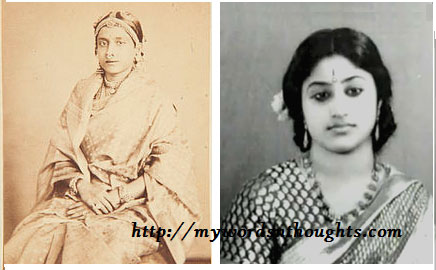 As they accepted matrilineal custom, male members married from Nair and Thumpi families. Though married to the members of royal family, such ladies known as ‘Ammacchi/Ammacchis’ or children born in this wedlock (sons known as Thampi and daughters known as Kochamma) don’t hold any royal title. But they lived a luxurious life and enjoyed high social status. Children were known by mother’s caste, and the relationship with royal family seizes with husband’s death. Ammachis remain single throughout their life too. In short, male members of royal family had morganatic marriages outside their caste, and they often had more than one consorts too.
As they accepted matrilineal custom, male members married from Nair and Thumpi families. Though married to the members of royal family, such ladies known as ‘Ammacchi/Ammacchis’ or children born in this wedlock (sons known as Thampi and daughters known as Kochamma) don’t hold any royal title. But they lived a luxurious life and enjoyed high social status. Children were known by mother’s caste, and the relationship with royal family seizes with husband’s death. Ammachis remain single throughout their life too. In short, male members of royal family had morganatic marriages outside their caste, and they often had more than one consorts too.
Travancore kings followed Marumakkathaayam similar to Venad kings
As per rules, the King’s power would be inherited by king’s nephew (sister’s son). Also the sister is known as Maharani (queen), not King’s consort. These rules were strictly followed during king’s rule, which resulted in the construction of Amma veedukal. Children born to such kings lived with mothers in their ancestral homes and not in palaces, and hence these houses were known as Amma Veedukal (Mother’s homes).
Marriages of royal members without celebrations
Such marriages were conducted without much celebration and such wed locks were called ‘Pattum Parivattavum Kodukkuka’. It’s not even called ‘Vivaaham’ (marriage). But such consorts were given splendid clothes and all the luxuries to lead a luxurious life. Such ladies were called ‘Ammachi’, and they lived in big houses called Amma Veedu. They don’t have royal titles, political power and can’t mingle with members of royal family. They can’t prepare food for husbands or can’t dine with royal family members. They can’t publically appear with their royal spouses too.
High social status enjoyed by Ammachis
As per Hindu religion, Rajapatni (wife of king), Rajamata and sister-in-law (elder brother’s wife) have equal powers. That’s the special power enjoyed by Ammachis. Known as consorts of Raja, they also took the title – Ammachi. There are many stories, where such Ammaveed and Ammachis turned powerful entities in the yesterdays. Though they had limitations, they were rich, lived a comfortable life and were exempted from taxes. They also owned many special honours.
Amma veedu – believed to be started by Karthika Thirunal Dharmaraja
Modern history of Amma Veedu starts with the reign of Karthika Thirunal Rama Varma, also known by the name Dharmaraja. When he shifted his state’s capital from Padmanabhapuram to Thiruvananthapuram, he brought along with him, his four consorts. They originally belonged to Arumanai, Vadassery, Nagercoil and Thiruvattaar, and when he constructed individual mansions for his consorts in the new capital, the new Ammaveedu were given their respective place names. In addition to the name ‘Ammachi’, they were also given the title Panapillai Amma.
Later the Maharaja also passed a rule that all royal members should take consorts from these 4 Amma veedu only. For the same reason, Ammachi & Amma Veedu became more powerful. Later it became a tradition for royal members to marry members from these Ammaveedu only. The next ruler can marry granddaughter of Venad kings, taking into consideration uncle’s daughter (ammavan’s daughter).
In some cases, if a king wants to marry a lady outside Amma Veedu, she is to be adapted to any one of the Amma Veedu as a family member first, before ‘Pattum Parivattavum’ ceremony is conducted. Royal kings Swathi Thirunal, Ayilyam Thirunal and Moolam Thirunal have married this way.
Old remains of Amma Veedu in present day Kanya kumara district
Their old homes at Kanyakumari existed for many decades, and a few of them exist still now. They are also known by the name Amma Veedu. The remains are being preserved by members of newer generations, which tell the stories of their glorious past. Next generation is known by Thampi caste.
A brief note on Arumana Amma Veedu
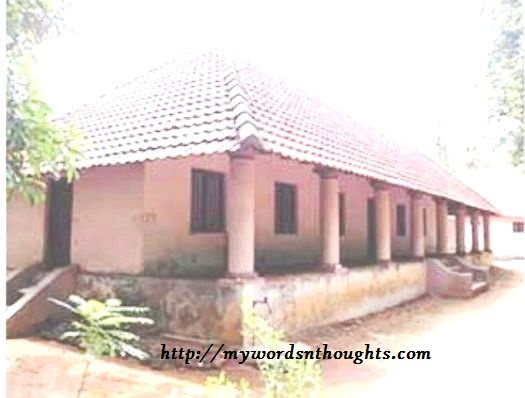
Amma Veedu of Arumana in Kanya Kumari district
Located at Arumanai near Marthandam of present day Kanya Kumari district, it was one of the glorious Amma veedu of yesterdays. Many of its stories and battles are deeply linked to Travancore history. The last Pattum Parivattavum ceremony was conducted here for Maharaja Visakham Thirunal in the 19th century. It was during that time when Arumana Amma Veedu received the huge property of Iravikutty Pillai, the great Commander-in-chief of Venad kingdom.
The great Iravikutty Pillai was killed in the battle at Kaniyamkulam in 1635, following a treachery by many of the jealous commanders belonging to Venad army. Using the special powers of the king, the whole property of Iravikutty Pillai was granted as gift to Arumana Amma Veedu. Iravikutty Pillai’s famous sword and other weapons were also handed over to Amma veedu, which were preserved for many years at a small temple near to the house.
Years later when the property was sold to a third party, they urged to demolish the temple. With no other alternative left, the historic place was destroyed before handing over to new owners. The weapons of Iravikutty Pillai were transferred to new Arumana veedu situated at West fort of Thiruvananthapuram, and is being preserved as per customs.
Famous poet Irayimman Thampy was a member of Arumana Amma Veedu. In his famous Attakatha, the Vandana slokam addresses the deity of Chitharaal Jain temple, “Sidhagiri Sthithaam Bhagavathi Chitharaalamma…….”. The temple is situated near Arumanai of Kanya Kumari.
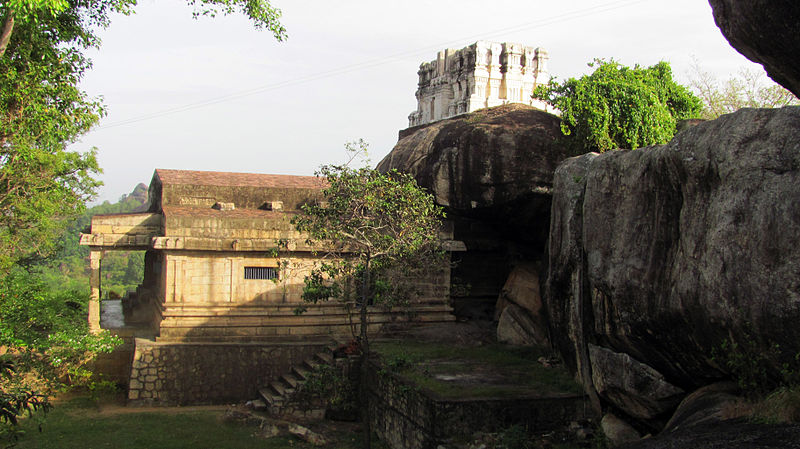
Chitharaal Jain Temple near to Arumana Amma Veedu
Thiruvattar Amma Veedu associated with Swathi Thirunal
It’s uniquely associated with Swathi Thirunal, the patron of arts and music. Married thrice during his life time, his first two wives were adopted to Thiruvattar Amma Veedu before the ‘Pattum Parivattavum’ ceremony. The complex was constructed at Perunthanni under the order of Maharaja Swathi Thirunal. A malika in Kerala architecture style was also constructed later.
When the construction was pulled down by numerous members following the partition, a small part of the old home was preserved by one of the members of Thiruvattar Amma Veedu who spent his childhood days here. An engineer by profession, Ayyappan Thampi supervised the dismantling of the heritage home while he preserved his share. He carefully relocated two of the adjoining rooms to Neeramankara, and is preserved till now. Though he preserved only a small section of a big mansion, it’s enough to know in detail the type of architecture adopted in Kerala constructions almost two centuries back.
Also read: Irattachira Kovilakam of Thrissur
You can read a few more articles related to Thiruvananthapuram- The capital city of Kerala, and the posts cover different topics. Here is the page link. Click on the images in the gallery to read



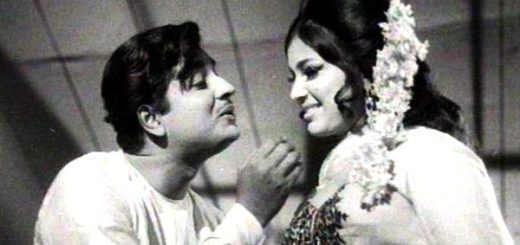








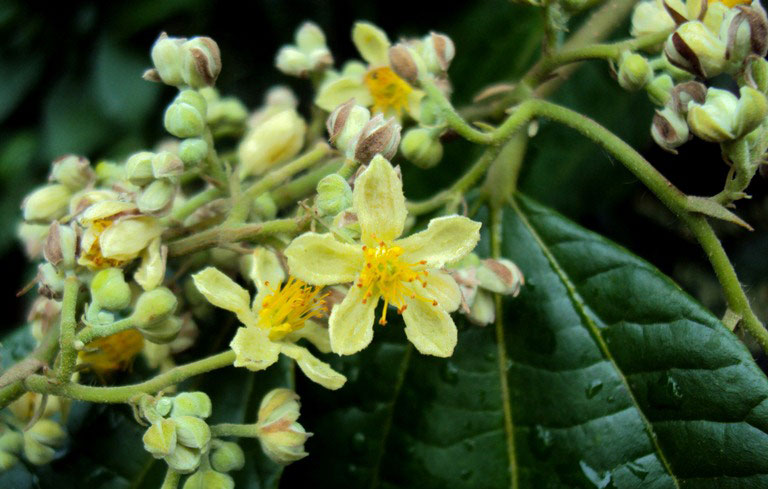

Recent Comments